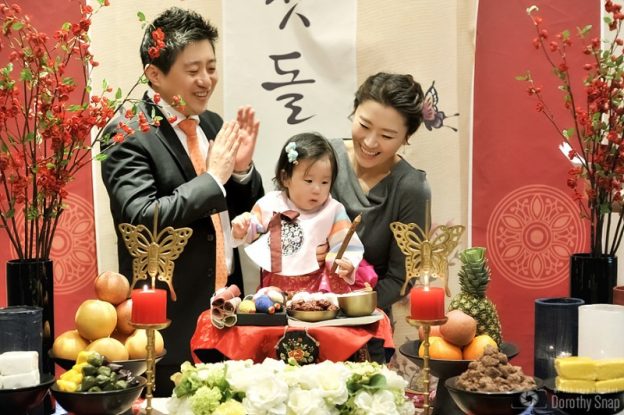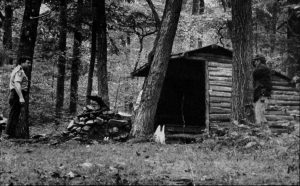Title: Sleeping in Dartmouth Gear #2
General Information about Item:
- Ritual
- English
- United States
Informant Data:
- Parker was born in Rochester, New York on September 4, 1997. His father is a financial consultant and his mother is a homemaker. Parker is an American Caucasian, and his family origins are English and German so his background is Western. He is sophomore at Dartmouth College, studying History and Economics. He went to Groton for High School. Parker sings in an a capella group in his free time.
Contextual Data:
- Social Context
- The data was collected in Parker’s dorm room. He was alone when describing how he prepares for exams and why he does certain rituals before every test. The folklore is performed the night before an exam or presentation which is usually in a high pressure context where Parker is expected to outperform his peers.
- Cultural Context
- The cultural context of this folklore reflects the competitive atmosphere of Dartmouth college, where every grade impacts as student’s GPA. Students at an Ivy League do not just try to succeed in their classes, but to outperform their peers. As a result of this high stress environment, students may turn to superstitions or ritual to lessen the pressure.
Item:
- This lore was recorded during a conversation. The night before an exam, Parker wears a specific Dartmouth t-shirt to bed. During his Freshman year of high school, Parker was really nervous and felt very unprepared for his chemistry exam. He remembered that in high school, he had a friend who would wear a school t-shirt before exams. Parker decided to try it out for this exam and the night before the exam, he wore a Dartmouth green t-shirt to bed. He then proceeded to do very well on his exam. During his next test, he did not wear that shirt and did poorly. Since then, he has worn his Dartmouth shirt to bed before every exam he has taken.
Associated file (a video, audio, or image file):
Collector’s Comments:
- Parker explained how he began performing this particular ritual. He noted that a friend from high school wore a school t-shirt to bed on the night before an exam. He then gave it a try by wearing a green Dartmouth t-shirt to bed before the night of an exam and he ended up performing very well on the exam and has proceeded to perform the same ritual ever since. This is considered folklore because the ritual spread from Parker’s friend from high school to Parker.
Collector’s Name: Elizabeth Khusid
Tags/Keywords:
- Ritual. Contagious Magic. Diffusion.







